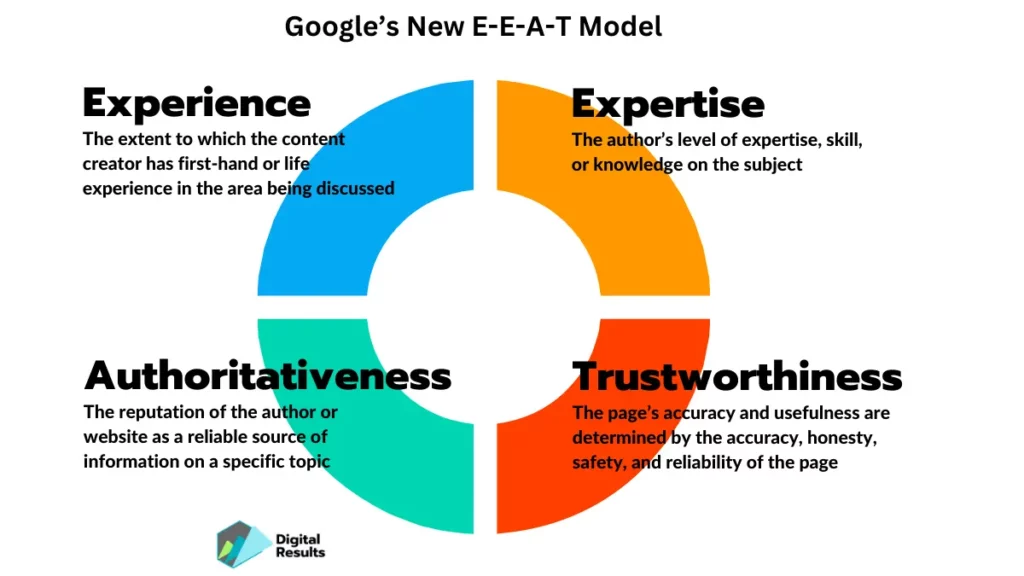E-E-A-T and Backlink Strategies: Aligning Backlink Profiles with Google’s E-E-A-T Guidelines

In the ever-evolving world of SEO, Google’s algorithm updates have one goal in common—delivering the most relevant and trustworthy content to users. At the heart of these updates lies a powerful framework known as E-E-A-T: Experience, Expertise, Authoritativeness, and Trustworthiness. While this concept primarily influences content quality, Backlinks Strategies it plays a critical role in how Google evaluates backlink profiles too.For more such informative posts, please visit: https://backlinkpolicy.com/
If you’re looking to improve your rankings sustainably, understanding how to align your backlink strategies with E-E-A-T is not optional—it’s essential.
What is E-E-A-T?
E-E-A-T is part of Google’s Search Quality Evaluator Guidelines. Here’s a breakdown:
-
- Experience: Does the content come from someone with firsthand knowledge?
-
- Expertise: Is the content creator a subject-matter expert?
-
- Authoritativeness: Is the source recognized as a leader or authority in its field?
-
- Trustworthiness: Can users and search engines rely on the information and its source?
Though E-E-A-T is not a direct ranking factor, it guides how Google’s algorithm evaluates content credibility. And your backlink profile—who links to your site, and why—is a critical reflection of those signals.
Why Backlink Profiles Matter for E-E-A-T
Backlinks are one of the most important off-page SEO factors. But not all backlinks are created equal. Links from high-authority, trustworthy domains act as endorsements for your content. When these domains themselves demonstrate strong E-E-A-T signals, they lend some of that credibility to your site.
Let’s explore how to strategically build a backlink profile that reinforces each element of E-E-A-T.
1. Experience-Driven Link Building
Backlinks from content that showcases real-world use, reviews, or case studies carry more weight under the “Experience” pillar. Aim to get links from:
-
- Niche blogs that share personal stories or reviews.
-
- Forums or platforms (like Reddit or Quora) where users discuss firsthand experiences.
-
- Guest posts where you highlight your unique journey or results.
Tip: Share your own case studies Backlinks Strategies or user-generated content to attract natural backlinks that reflect genuine experience.
2. Expertise-Based Link Acquisition
For the “Expertise” component,Backlinks Strategies from authoritative niche-specific sources are gold. These could include:
-
- Industry publications (e.g., tech blogs, medical journals).
-
- Academic websites or .edu domains.
-
- Expert interviews or podcast mentions.
Build your profile by writing expert guest posts or whitepapers, Backlinks Strategies and submitting them to authoritative sites in your field.
Tip: Include your credentials or experience in author bios to boost perceived expertise.
3. Boosting Authoritativeness Through Strategic Backlinks
The more backlinks you earn from established, high-traffic domains, the more authoritative your website appears. Focus on:
-
- Media coverage or PR mentions from reputable outlets.
-
- Being cited in industry reports, surveys, or studies.
-
- Collaborating with influencers or leaders in your niche.
These backlinks signal to Google that you’re recognized by others who are already trusted in the field.
Tip: Use tools like HARO (Help a Reporter Out) to get quoted and cited in high-authority publications.
4. Trustworthiness and Link Quality
When it comes to trust, Google is hyper-aware of spammy, manipulative link-building tactics. That’s why you should:
-
- Avoid buying links or participating in link farms.
-
- Monitor your backlink profile regularly for toxic or irrelevant links.
-
- Disavow harmful links using Google Search Console.
Trustworthiness is also built by earning links from secure (HTTPS) websites with transparent contact information, policies, and editorial standards.
Tip: Aim for backlinks that naturally fit within high-quality, trustworthy content—not just for SEO, but to genuinely help the reader.
How to Audit Your Backlink Profile for E-E-A-T
You can use SEO tools like Ahrefs, SEMrush, or Moz to audit your backlinks and evaluate:
-
- Domain authority and trust score
- Domain authority and trust score
-
- Relevance of the linking site to your niche Backlinks Strategies
-
- Presence of author bios or content quality on the linking page
-
- Anchor text diversity (natural vs. keyword-stuffed)
Make it a regular practice to prune low-quality Backlinks Strategies and double down on those that support your E-E-A-T alignment.
Final Thoughts
E-E-A-T is no longer just a guideline for content creators—it’s a blueprint for holistic SEO success. Aligning your backlink strategy with these principles can set you apart from competitors who still chase outdated, quantity-over-quality link tactics.
Strong backlink profiles today are earned, not built overnight. Focus on experience, credibility, and trust—and you’ll win both users and Google.
Ready to Strengthen Your Backlink Strategy?
Take control of your backlink profile today. Learn how to build E-E-A-T-aligned backlinks that drive real results. Visit www.backlinkpolicy.com for insights, services, and strategies tailored to your growth.






